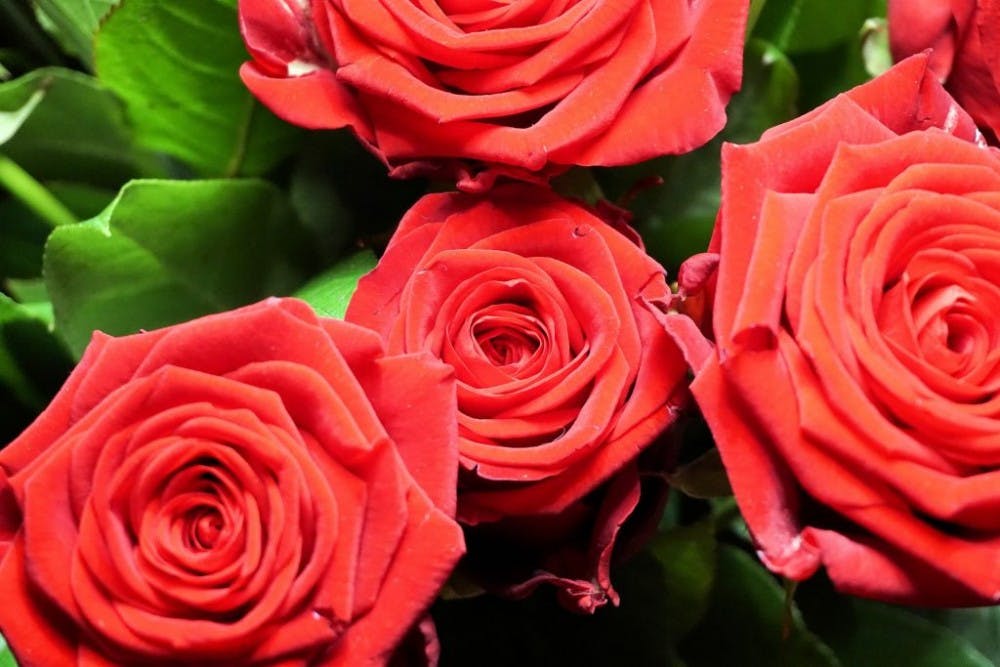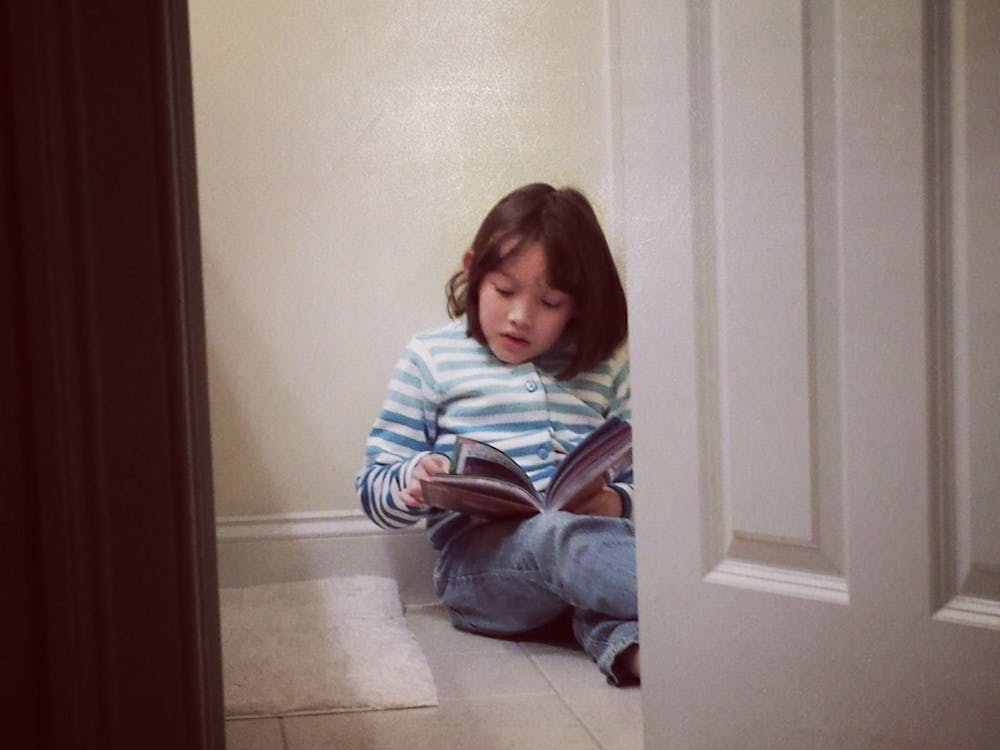While I can forgive any disgust for the glittery hearts and the affront they appose to an institution that is the proving ground for so many future doctors, I simply cannot allow the rose to face the same kind of cynical scrutiny that we allow for other aspects of this holiday.
Although it is equally a part of the ironic capitalist machine that seems to run Valentine’s Day, the rose still holds a special place in my heart. Roses occur naturally throughout the entire northern hemisphere, albeit not in the form that is typically purchased by the dozen. In fact, the earliest known rose fossils are 35 million years old.
Perhaps it is their endurance as a species, perhaps it is simply because they are so ubiquitous, but roses are significant in a variety of cultures and make appearances in the legends of a multitude of societies.
China was the first to cultivate roses about 5000 years ago. Rosa chinensis, commonly known as the China rose, is perhaps the most important variety in that cross-breeding with European roses led to two important characteristics.
The first is repeat blooming and the second is the deep red color that we so closely associate with roses. In fact, China was likely the leading rose-cultivating country until only about 300 years ago. However, most roses today come from Ecuador or Colombia. In fact, 78 percent of all cut flowers exchanged on this yearly festival of love come from these two countries.
Many other societies also cultivated roses, including the Romans. Roses were thought to bring good luck and were often sprinkled under the wheels of chariots. They even make an appearance in mythology. Cupid was supposed to have bribed Harpocrates, the goddess of silence, with a rose in order to keep quiet the escapades of his mother, Venus.
This tale then led to the practice of suspending a rose above the dinner table in order to remind guests that what happens at a dinner party stays at the dinner party. It is also why the term sub rosa or, in English, “under the rose” stands for something confidential.
Even now, the rose continues to be an iconic flower. It is the official flower of the United States and the emblem of England. If we go back far enough, almost all the plants we know and love belong to the same family as roses (a family that includes almost 110 genera). This includes the Rubus genus (which includes blackberries) and Prunus (which includes apricots and almonds).
I guess now the question is, “How did roses become a part of Valentines Day?” One theory is that, since ancient times, they have long been symbols of love. It is thought that Cleopatra filled her chambers with rose petals in order to impress Mark Antony with her opulence and force him to think of her every time he saw a rose.
However, the choice of roses on Valentine’s Day most likely has less to do with their beauty and more to do with their hardiness. As a holiday that falls almost directly in the middle of winter, flower companies are more or less out of luck unless they can depend on a steady stream of supplies being shipped over from the aforementioned countries which help supply a $2 billion dollar floral industry.
In order to ensure that merchandise, which is grown in preparation specifically for Valentine’s Day, remains intact during shipping, it is important that the flower that most people request is able to withstand such an arduous journey.
So perhaps roses on Valentines do not have the most romantic origins, but frankly this just seems to be a continuation of the greeting card company driven theme that seems to follow the holiday wherever it goes. Despite this, however, roses have always been and continue to be associated with love.






